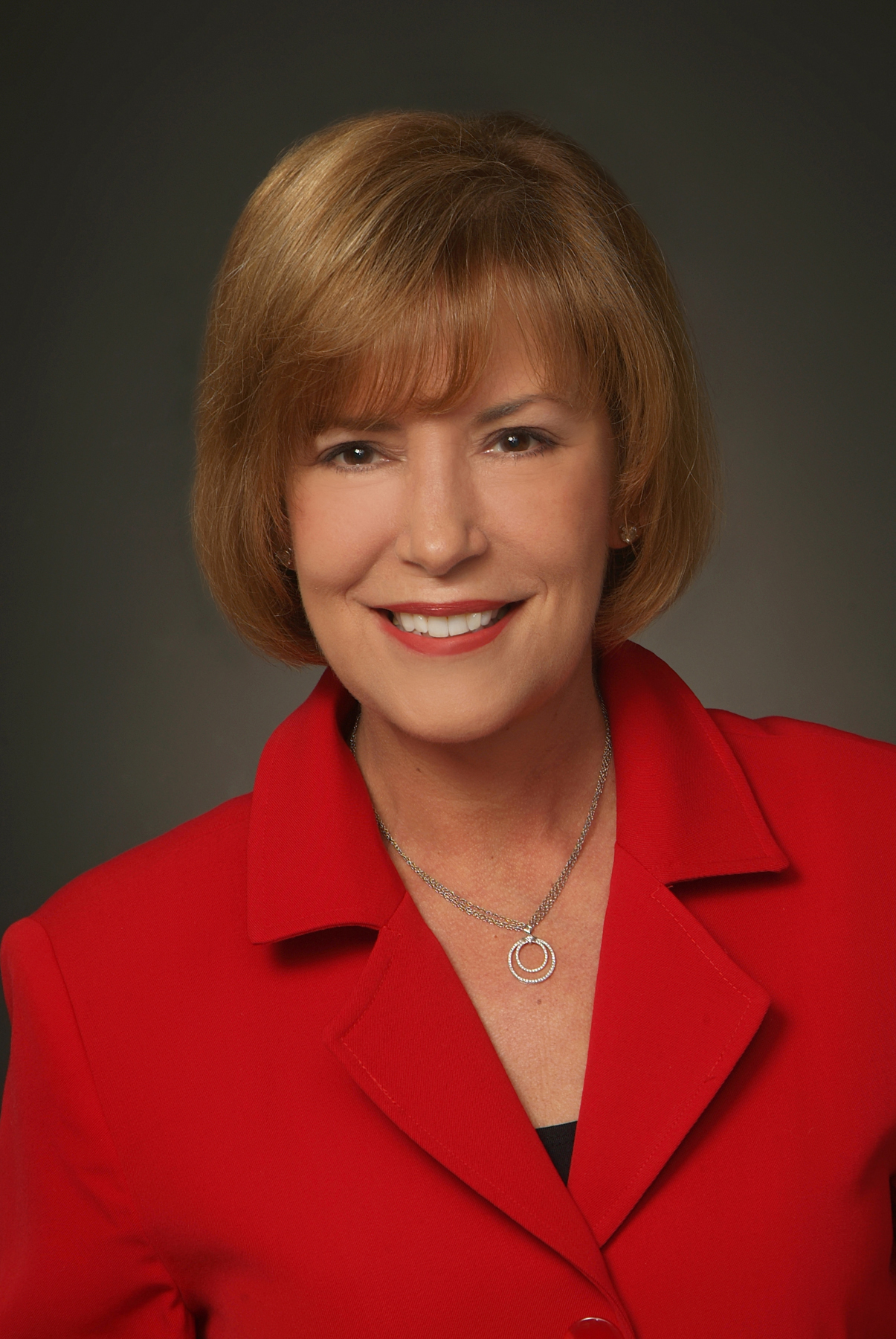Professional Learning that Helps Educators Meet the Challenge
 AVID Center
AVID Center  Friday, November 9, 2012 at 3:33PM
Friday, November 9, 2012 at 3:33PM An Interview with Dr. Stephanie Hirsh

We are proud to have Dr. Stephanie Hirsh, Executive Director of Learning Forward present “Advancing College Readiness through Standards for Professional Learning” at our National Conference next month. According to Dr. Hirsh, the key to improving student performance and readiness for college is a professional learning plan for educators that begins with understanding what students need to be able to know and do. Dr. Hirsh will explain how the “Standards for Professional Learning” delineate the characteristics of professional learning that are essential to improving both educator and student performance.
This blog contains excerpts from our interview with Dr. Hirsh on topics like challenges public school teachers face today, the new Professional Learning Standards, and how other countries incorporate professional learning.
What is the most critical challenge that public school teachers face and how does Learning Forward address that need?
The most critical challenge is to ensure that all children are college and career ready. It is particularly challenging to understand what that means for special education and English language learner students. Learning Forward’s role is to advocate for professional learning that helps educators meet this challenge.
You have said in previous interviews that countries that outperform the U.S. in education also invest more in their teachers. Can you give some examples? Do you see any encouraging signs that the U.S. is catching up?
Other countries invest more in terms of allocating time for professional learning. In Finland and Japan, for instance, teachers spend about 40-60% of their time learning with other colleagues. There are differences in resources. In Singapore, teachers are paid for 100 or more hours to engage in professional learning. In England, when a national curriculum program is rolled out, all educators and schools are provided with professional learning. In Calgary, Alberta, dollars follow professional learning for effective implementation. There is time to support educators learning during the school day. In the U.S., there are states and local schools that have been given more time and flexible schedules for professional learning.
Of the 21st century skills, what is the most important skill that teachers can address in their classrooms?
Actually, there are many: critical thinking, problem solving, and collaboration are three of the highest. Innovation and creativity are important, too—the application of technology and new tools to solve old problems. We need to think through a lens of innovation and use critical thinking to evaluate our ideas.
Last summer, Learning Forward released revised Standards for Professional Learning. AVID focuses on college readiness across grades K-16. Can you talk about how the standards connect to college readiness across all grades?
The stem of each of the seven standards, “Professional learning that increases educator effectiveness and results for all students…” is our theory of action. The bottom line is this: professional learning must have an impact on students and on educators. The standards speak to all educators, not just teachers. There is universal application of the standards, Pre-K through grade 16.
The missions of our organizations, AVID and Learning Forward, are similar in that the focus is on all students. How do the Standards for Professional Learning specifically address the issue of equity?
The stem of each standard reads ‘…all students…’; equity is embedded within each standard. The content of the professional learning is driven by data. The data we examine, once disaggregated, identify student learning needs. Our goal is to ensure that every teacher has access to high quality professional learning every day. It is a collective responsibility; we each own the success of every student. We want every student in a classroom where the teacher does not struggle. If a teacher in one room is teaching next door to a teacher who is struggling to teach the same assignment, this is an indication that we are not achieving equity.
Read more of our interview with Dr. Hirsh here.
Reader Comments